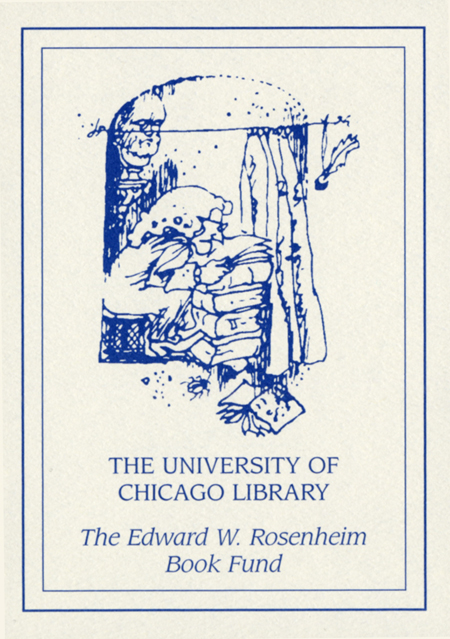Review by Choice Review
In this valuable study of Lawrence's use of free indirect style in Sons and Lovers (1913), Sotirova (Univ. of Nottingham, UK) brings the insights of linguistics to literary criticism, aiming to augment the critical commonplace that Lawrence is a dialogic writer. For Sotirova, dialogicity, as theorized by Bakhtin and exemplified by Lawrence, is not abstractly structured around competing viewpoints but rather "formally encoded in the linguistic structure of narrative discourse," the exemplary instance of which is free indirect style. The author examines three idiosyncratic aspects of Lawrence's use of this style: referring expressions (pronouns and noun phrases that name characters); sentence-initial connectives (coordinating conjunctions used at the beginning of sentences); and lexical repetition used to connect differing viewpoints. These "discursive ties," as Sotirova calls them, generate responsiveness among characters, the same responsiveness upheld by Bakhtin in his theory of dialogicity. Moreover, the ties are found as much in ordinary speech as in literature; free indirect style is thus not exclusively literary. Sotirova offers a compelling theory of free indirect style and sensitive readings of Sons and Lovers. It is a pity, then, that the book's final pages are marred by underdeveloped claims about the place of free indirect style in literary history. Summing Up: Recommended. Upper-division undergraduates through faculty. D. Stuber Hendrix College
Copyright American Library Association, used with permission.
Review by Choice Review

